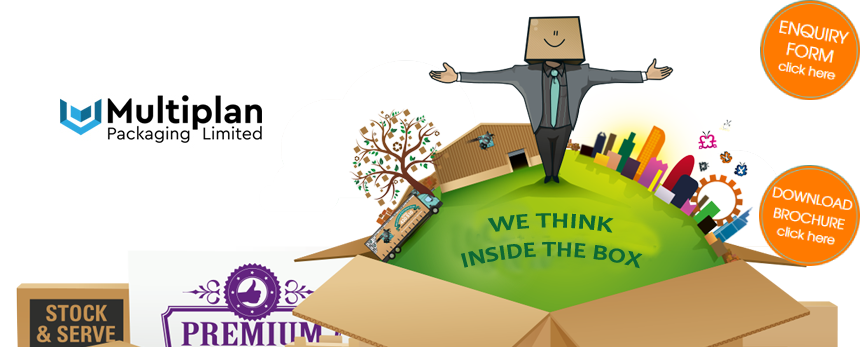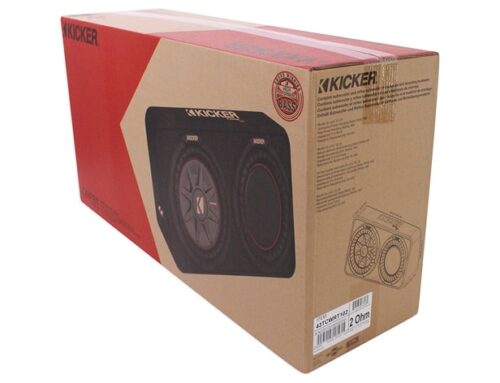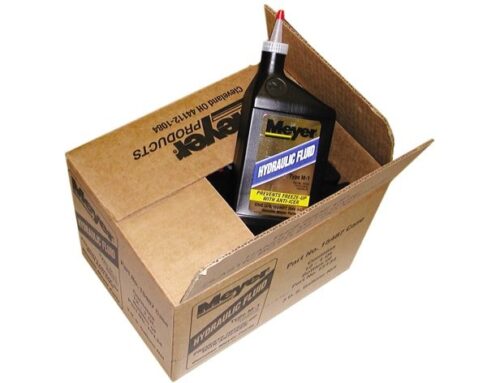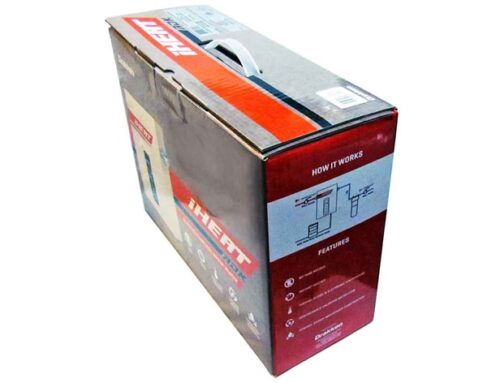Corrugated cardboard is a versatile material that can be used for a variety of purposes. From shipping boxes to product packaging, corrugated box design can help your business run more smoothly. In this guide, we will discuss the different types of corrugated box design and provide you with a comprehensive guide to creating the perfect one for your needs. We will also cover some tips for improving efficiency and reducing costs while using corrugated cardboard in your business. So whether you’re looking to save money on shipping or get your products to market faster, this guide is sure to help. Check it out now!
Types of Corrugated Boxes
There are many types of corrugated boxes, each with its own unique features and benefits. Here is a brief overview of the most common types:
Fiberboard: Fiberboard corrugated boxes are often used for shipping small items, such as electronics. They’re inexpensive and easy to assemble, but they don’t offer a lot of protection or durability.
Heavy-Duty Corrugated Boxes: Heavy-duty corrugated boxes are made from tougher materials and offer more protection for your items. They may be more expensive than other types of boxes, but they’re worth it if you need durable packaging.
Customizable Corrugated Boxes: Customizable corrugated boxes allow you to create your own unique designs. This can be a great way to stand out from the competition, and it can also improve the aesthetics of your products.
Designing Corrugated Boxes
Are you looking to produce corrugated boxes that will really stand out from the rest? Well, take a look at our best guide to corrugated box design, which will show you how to make your boxes look slick and professional.
When it comes to designing corrugated boxes, one of the most important factors to consider is the layout. Make sure that all of your text and graphics are placed in strategic locations so that they’ll be easily readable and appealing. Additionally, consider using contrasting colors and patterns on different sections of your box for an added dose of visual interest.
Another key aspect of good box design is attention to detail. Ensure that all the seams are properly sealed and that the corners are sharpened to create a finished product that looks professional. In addition, use high-quality paper for your prints or graphics – this will ensure they remain legible throughout prolonged use.
Finally, be sure to test out your designs before actually producing any boxes – this way, you can ensure that everything looks perfect when it hits the market!
Assembly and Installation
Assembly and Installation
Corrugated boxes are an attractive way to present your products. They can be used for a variety of purposes, such as packaging small items, holding documents, or creating an interesting display.
If you’re new to the corrugated box design process, there’s a few things you’ll need before starting: -A CAD program (like Adobe Photoshop or Illustrator) -A printer -Some corrugated cardboard -Pens or a drawing pen -Tape measure
Once you have all of the supplies necessary, it’s time to begin assembling your corrugated box. Start by printing out your design onto some paper. Be sure to use high quality paper so that your final product looks professional. Once you have your design printed out, cut it out along the lines you drew on the paper. Next, take your cardboard and cut it into small squares. You’ll need around 60 squares for each side of your box. It’s important to keep the size of the squares consistent throughout the assembly process so that everything lines up correctly when printing out your final product. Next, place one square at a time on top of the design template and trace around it with a pens or drawing pen. Make sure not to go over any of the lines! Once all of the squares are cut out, snap them together using tape measure if needed. Finally, print out your finished product and enjoy your beautiful corrugated box!









